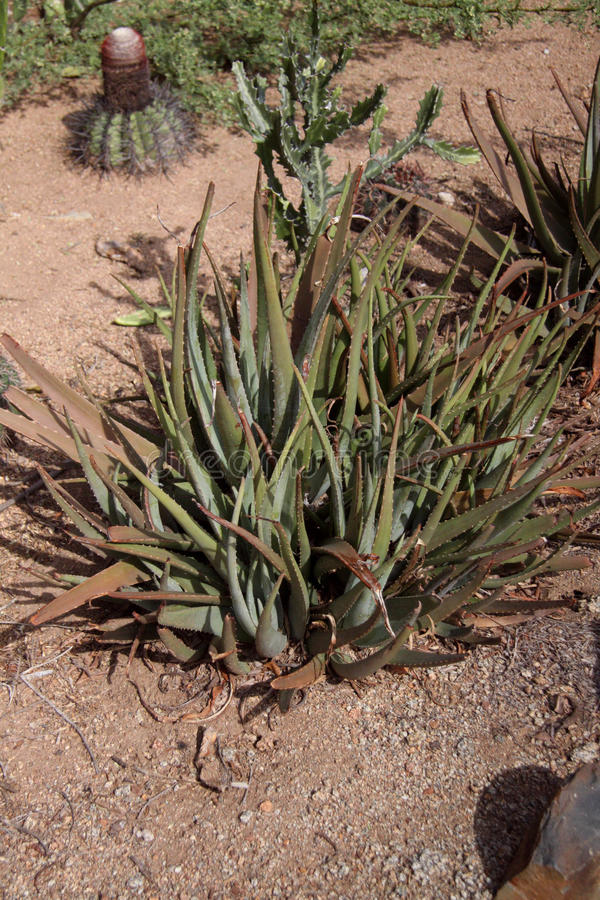The Aloe Vera plant (Aloe Barbadensis) is more than just a resilient succulent growing in Aruba’s dry climate—it is a symbol of the island’s economic survival long before the tourism boom or the oil refinery industry.
Introduced to Aruba in the 1840s by the Dutch West India Company (WIC), Aloe Vera quickly became a profitable agricultural export, making Aruba one of the largest aloe producers in the world.
Before tourism and oil refining, Aloe Vera was one of Aruba’s most valuable exports. The plant was primarily harvested for its yellow sap, locally known as “azeta” in Papiamento, which was widely used as a laxative.
At its peak, Aruba’s Aloe industry made the island one of the top Aloe exporters worldwide, solidifying its place in Aruba’s economic history.
From economic prosperity to medicinal healing, Aloe Vera remains one of Aruba’s most treasured plants. While the island’s Aloe industry has evolved, its cultural and historical significance continues to thrive in Aruban homes and modern skincare products.
